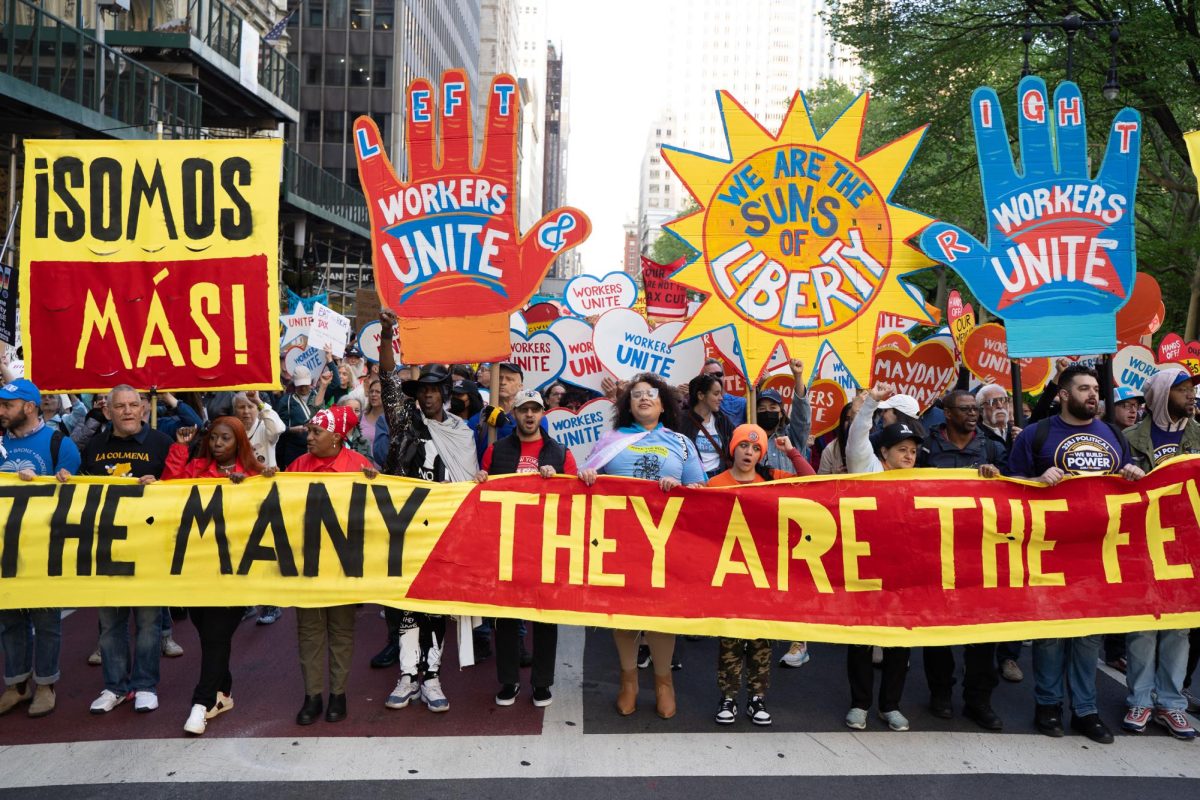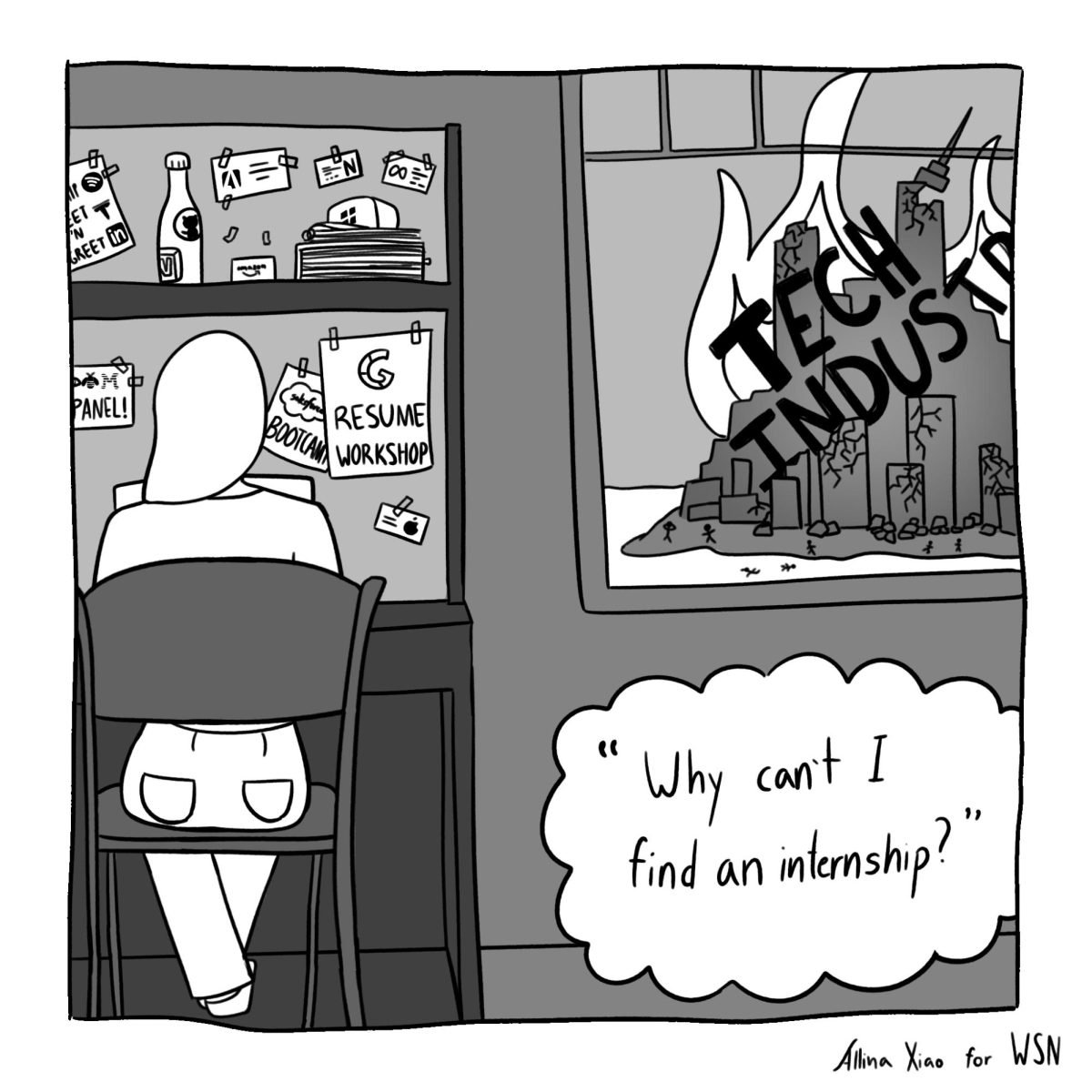More residents of New York state are struggling to afford food, according to a recent report from the United States Department of Agriculture.
The report showed that between 2009 and 2011, about 13 percent of households in the state experienced food insecurity — meaning they were unsure of whether they could afford to eat everyday. This marks a 2 percent increase from the percentage of households struggling to afford food in New York from 2006 to 2008. Almost 15 percent of households nationwide encountered food insecurity over the three-year period.
The data in the report is based on the annual survey conducted by the U.S. Census Bureau. The 2011 food security survey interviewed about 5,600 households in the state, which included a representative sample of the 119 million households in the nation.
NYU clinical associate director of Environmental Studies Christopher Schlottmann, who specializes in food and the environment, believes the results coincide with the recession.
“The rise in households without food security is very likely due to the economic downturn, although some argue that the creation of food deserts, places where fresh, nutritious food is difficult to find, also cause this,” Schlottmann said. “It’s a serious issue, as individuals and families cannot reliably afford food.”
Schlottmann added that programs like Supplemental Nutrition Assistance Program and Electronic Benefits Transfer have been effective, but food insecurity is in large part caused by greater economic trends.
But Michael Livingston, agricultural economist from USDA, emphasized the organization tries not to make assumptions into the research.
“We try not to make any assumptions outside of the data,” Livingston said. “Our real job is to tell people, ‘This is what’s happening.’”
According to a different report released by the New York City Food Bank last week, funding cuts may be responsible for food insecurity.
“This year alone, food pantries and soup kitchens across the five boroughs lost a taggering 11 million meals, depriving those residents in most desperate need,” the report said. “Food pantries and soup kitchens have told us they used to plan their meals around the food available in [The Emergency Food Assistance Program]. Right now, their shelves are nearly bare.”
The report also said communities have been affected with losses averaging 37 percent.
Tisch senior Daniel Gootnick believes the government needs to provide more opportunities for relief.
“I know there are food stamps that can help, but I personally believe that no one in this country, at a minimum, should be starving,” Gootnik said. “We need to think about ways that we recycle things…I think we need to develop a system where we properly store leftovers and get them out to people immediately.”
A version of this article appeared in the Wednesday Sept. 19 print edition. Pia Brar is a contributing writer. Email her at [email protected].






















































































































































